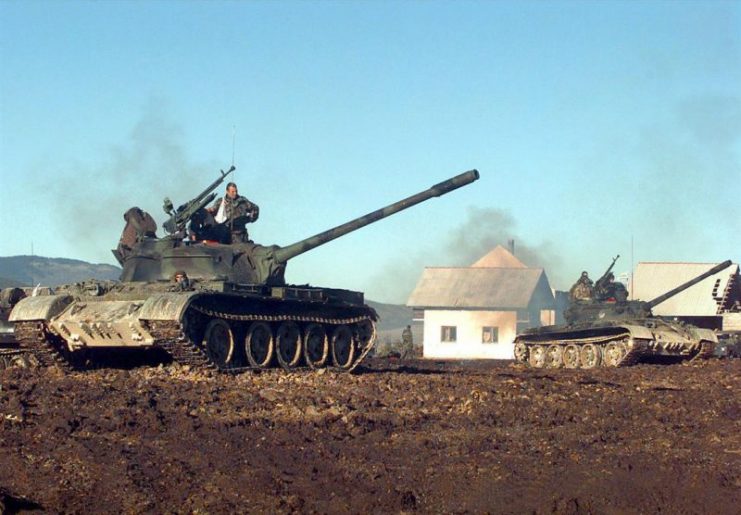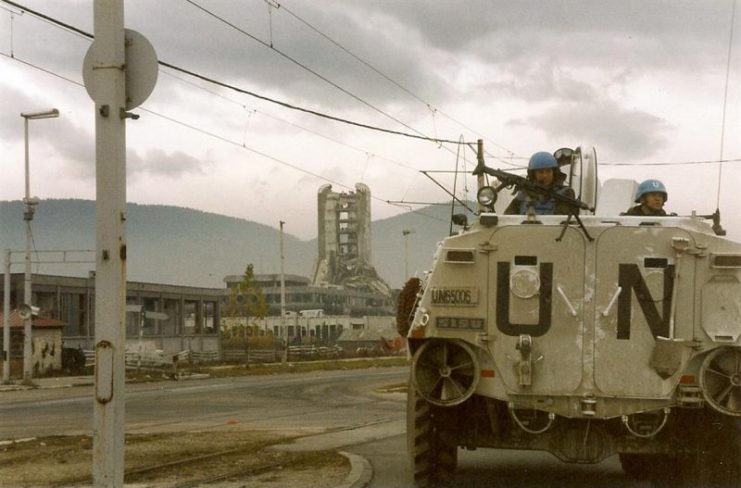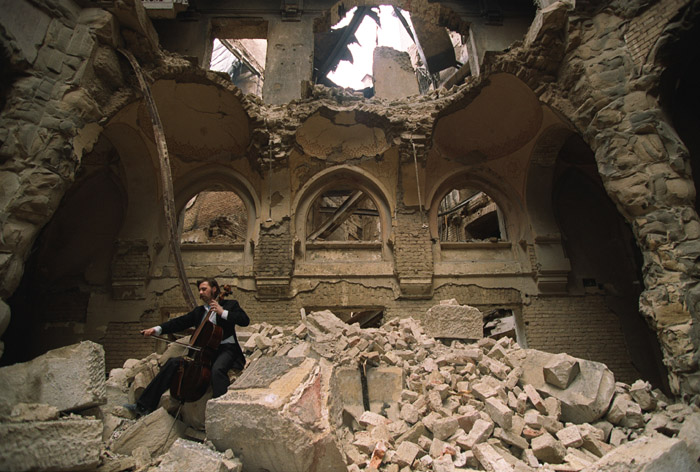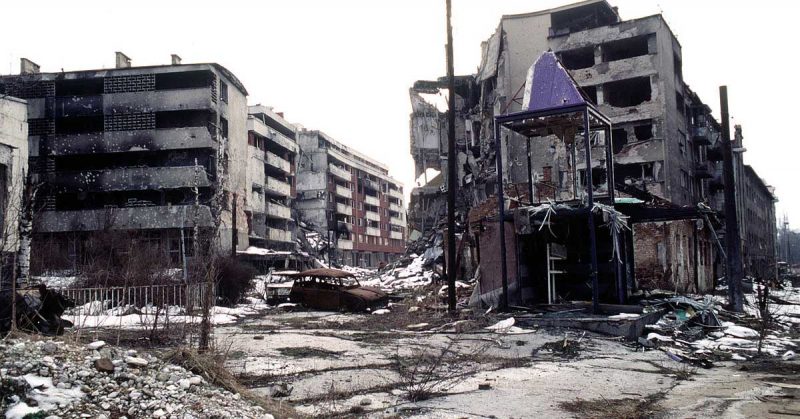War History Online presents this Guest Article from Sam Bocetta
The Bosnian War isn’t remembered the way the major wars of the 20th century are, in part because other countries didn’t get involved until the end and the fighting was contained to Bosnia and Herzegovina. Despite that, this forgotten war was among the more tragic and brutal.
It was Europe’s worst military conflict since World War II. Not only did over 101,000 lose their lives, but tens of thousands of women were raped. It has even resulted in casualties decades later, as Bosnians playing the mobile game Pokémon Go have come across mines left from the war.
Although the United States didn’t participate in most of the fighting, it had a significant impact when it did, and it continues to have ties to Bosnia to this day.
The Early Stages of the Bosnian War
The Bosnian War’s roots trace back to Yugoslavia, which had consisted of six republics since the end of World War II. The nation was stable under the leadership of Josip Broz Tito, but when he died in 1980, the federal government was left much weaker.
In the 80s and 90s, ethnic separatist parties emerged and won elections in several of these republics. Four of the republics decided to claim independence from Yugoslavia, and conflicts between the different ethnic groups began. Bosnia and Herzegovina was the most diverse of the republics, and as such, it had the worst conflict.

The official beginning of the war was April 6, 1992, although violence had already erupted before then. The three groups involved in the conflict were the Serbs, who were loyal to Yugoslavia, the Croats and the Bosnians. The Croats and Bosnians had a shaky alliance during the war.
The Serbs had the advantage in the early stages, in large part because they were fighting against independence and had the support of the Yugoslav People’s Army. Throughout the war, military forces would shell cities full of civilians and commit ethnic cleansing.
U.S. Military Intervention with NATO

The United States was technically involved in the war from the beginning, although it was on a small scale. Since there was a UN arms embargo on all parts of Yugoslavia and the United States didn’t want to cause an issue with its allies, it used other methods to supply weapons to the Bosnians, such as having Islamist groups smuggle them in. Pakistan also supplied weapons to the Bosnian Muslims.
As a member of NATO, the United States was part of its intervention efforts in the Bosnian War, which grew in scope as the war raged on. In 1994, NATO launched multiple air strikes on the Serbs. Tensions rose when the Serbs used a surface-to-air missile to shoot down an American pilot, who was later rescued.
The Serbs then began targeting civilians in areas the UN had designated as safe spaces, most notably in the Markale market shelling. In response, NATO began Operation Deliberate Force, which involved heavy bombing of the Serbs. Over 1,000 bombs were dropped until NATO suspended them when the Serbs were ready to negotiate.
The war officially ended on December 14, 1995 with the signing of the Dayton Agreement. This agreement divided Bosnia and Herzegovina among the groups and resulted in the country having two autonomous entities, which are the Federation of Bosnia and Herzegovina and the Republika Srpska.
Rebuilding the Bosnian Army
To ensure that this peace treaty was honored, NATO sent 60,000 troops throughout the regions of Bosnia and Herzegovina to serve as peacekeepers in December of 1995. This group was known as the Implementation Force (IFOR), and after one year there, many of the peacekeepers left after completing their deployment. The ones who stayed became part of the smaller Stabilization Force (SFOR), which gradually became smaller until it left Bosnia in 2004.

Both entities within Bosnia and Herzegovina had their own armies after the war, per the terms of the Dayton Agreement. Due to the heavy fighting, each had to be rebuilt. The United States and the United Kingdom played the largest role in this by providing training and supplies. For example, the United States donated many of its M-16 A1 and A2 rifles and small arms 1911 pistols.
Other countries also contributed during this time. The Army of the Republika Srpska offered Iraq credit to buy supplies left over from the Bosnian War, including thousands of modern AR-15 lower receivers. The Army of the Federation of Bosnia and Herzegovina received donations of HK-33 rifles from Turkey and purchased tanks from the United Arab Emirates and Egypt.
The two armies became one, known as the Armed Forces of Bosnia and Herzegovina, in 2005. Even more important, it has recovered from the vicious fighting that defined it in the 90s, becoming known for high life expectancies and levels of education, as well as a major tourist destination.
Author: Sam Bocetta
